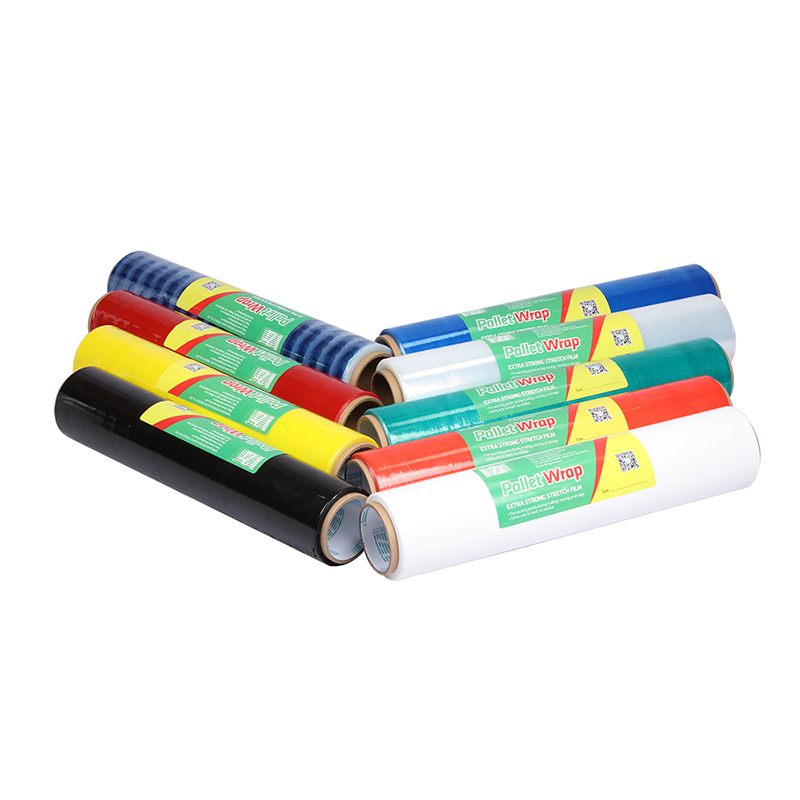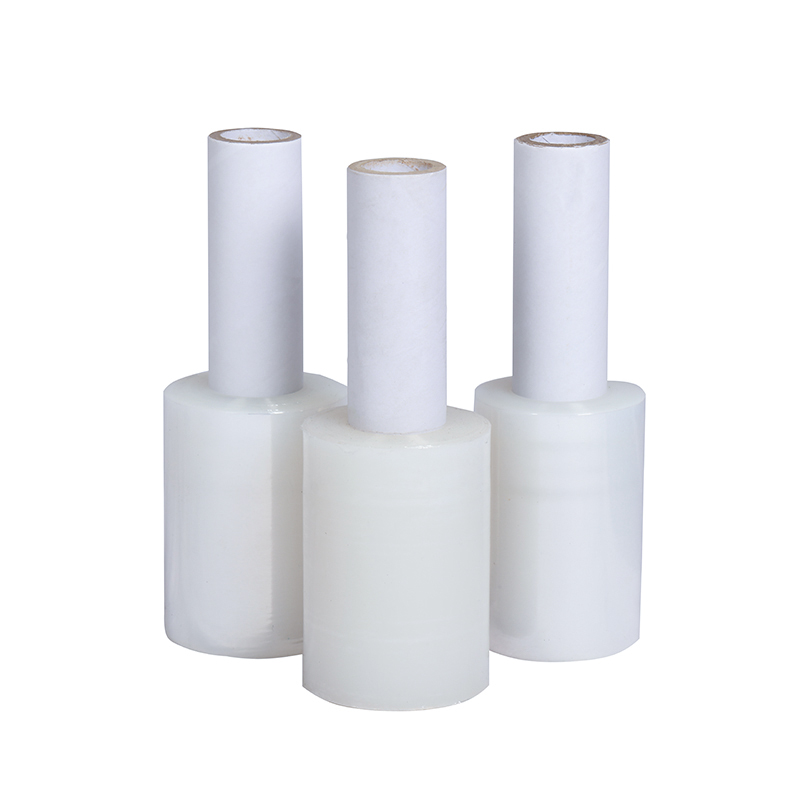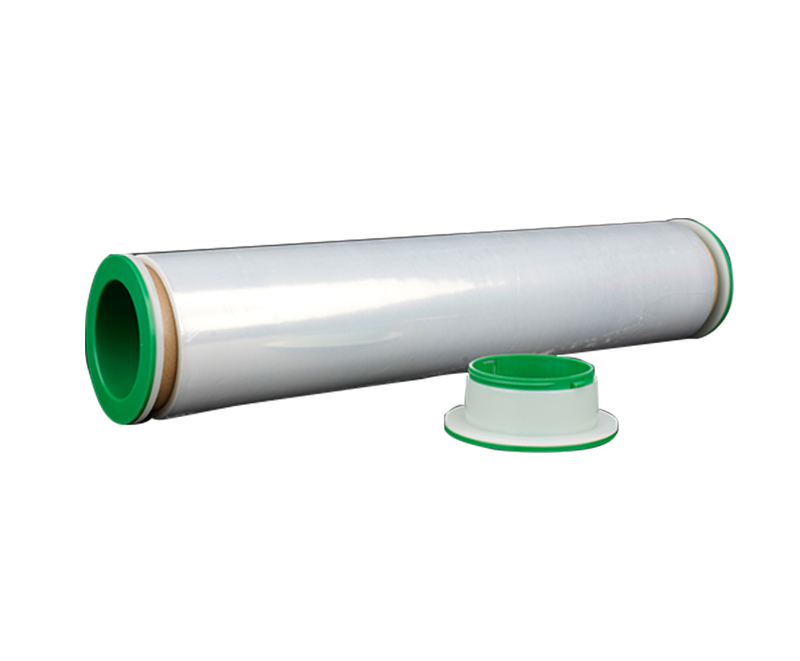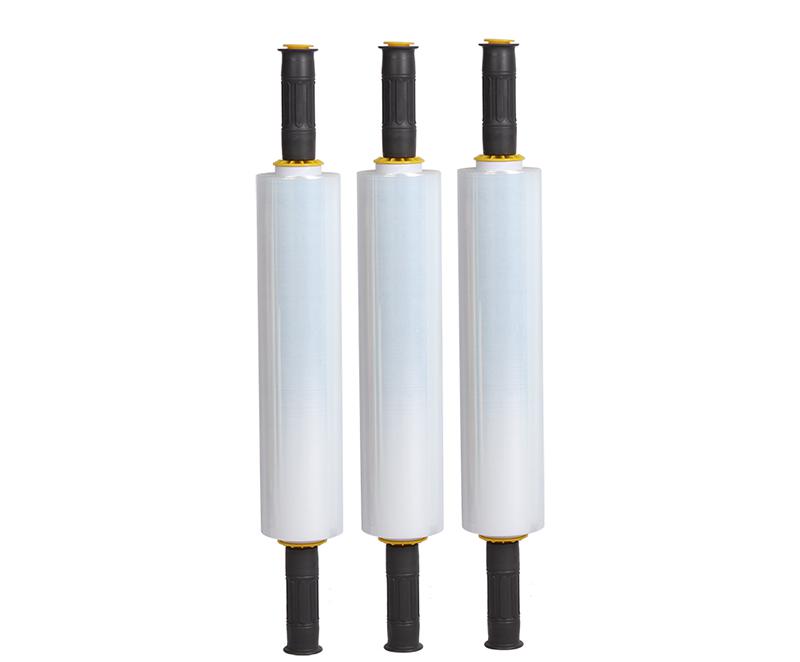What is the influence of temperature on stretch film product
Source:What is the influence of temperature on stretch film productTime:2021-09-06Visitors:
The emergence of stretch film In particular, the function of the stretch film is becoming more perfect, and it is developing towards automation and intelligence. Stretch film has good transparency, is non-toxic and tasteless. It is an environmentally friendly packaging material. The wrapped object is small and beautiful, and can make the object waterproof, dustproof, anti-damage, anti-static, etc.
has brought us a lot of convenience. The current application of stretch film is very extensive, especially in product packaging and transportation. The production process and quality of the stretched film have a great relationship between the viscosity temperature (TF) and the melting point (TM). These two elements are greatly affected by temperature. So what are the effects of temperature on the production of stretched films? The following is an introduction from the Zhiteng stretch film manufacturer.
The temperature dispersion in each zone of the stretched film is a key element that affects the stretch orientation and crystallization of the stretched film. Temperature affects the orientation process through the effect of polymer viscosity and relaxation time. As the temperature increases, the viscosity of the polymer decreases, and it increases under the effect of stabilizing stress. The increase in high elastic deformation is limited, but the development of viscous deformation is rapid, which is conducive to polymer orientation.
1. When the temperature is higher than the viscous flow temperature (TF) or the melting point temperature (TM), the polymer's macromolecule activity will cause the molecular chain slippage and orientation under the effect of high temperature. However, under the effect of high temperature, The orientation rate of its molecules will also accelerate the decline in direction.
2. When the temperature gradually increases above Tg, the polymer has elasticity, and the energy of thermal motion overcomes the control segment of some physical cross-linking points to produce motion, but all molecular chains cannot move yet.
3. When stretching below Tg, external force can only cause molecular chain elasticity. Small changes in vibration and bond angles are generally between Tg and Tm. The detailed temperature is determined by the function of the polymer.
Practice has proved that using a relatively low preheating, stretching temperature or cooling immediately after stretching is a useful method to improve the crystallinity of BOPP. Too high a preheating temperature will cause PP to form spherulites, and the transparency of the film will decrease. If the stretching temperature is too high, de-orientation will not only cause the heat-sealable surface layer material to stick to the roller, but also greatly reduce the stability of the physical and mechanical functions of the stretched film , Otherwise it will affect the uniformity of the transverse thickness of the stretched film and the continuity of stretching.
In the production process of stretch film, it is important to maintain a stable temperature in the workshop for the quality of the production process. If the temperature is well controlled, the quality of the stretch film will improve a lot, so pay attention to it in the hot summer and cold winter. Through other subsidies, adopt corresponding methods for modification.

Recommended Products
Ranked in the same article
- how to use the stretch film technology to r
- How can we get detailed price list?
- Five common quality problems of PE protecti
- Plastic film degradation
- How to guarantee punctual shipment for our
- What is the difference between stretch film
- Testing the permeability of stretch film
- Electrical wire film VS electrostatic film
- Why insufficient transparency of stretch w
- Stretch film temperature requirements
- The elastic characteristics of plastic film
Latest news articles
- What is Electrical Wire Film
- Stretch film how to better use
- application of Pe electrical wire film丨el
- Details use of stretch wound film
- The difference between stretch film and wou
- The difference between wrap film and cling
- What is the cause of static electricity in
- How is plastic film made?
- What additives are typically used in the st
- Discovery: Different Types of Stretch Film
- Characteristics of Stretch film



